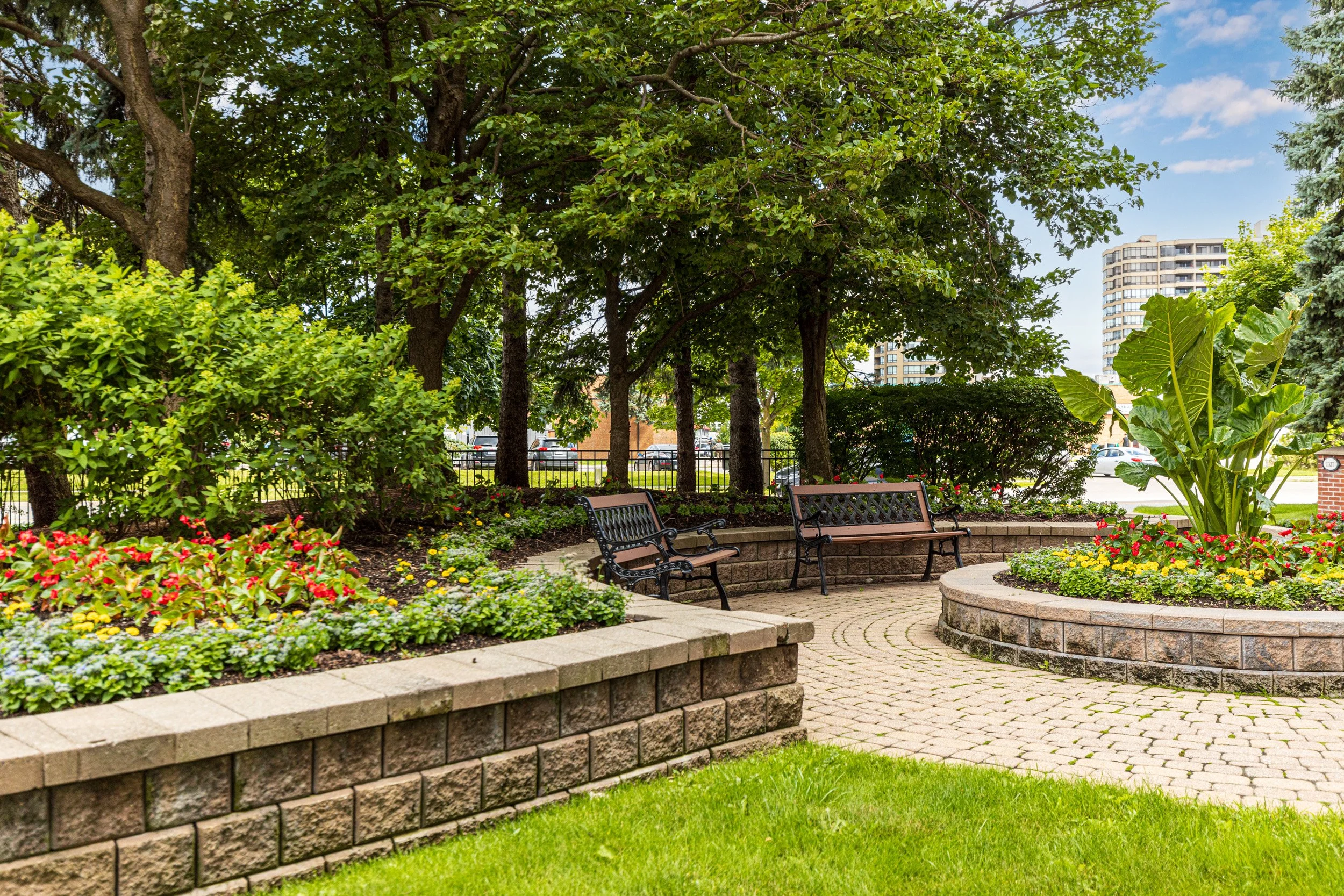How to Successfully Downsize in Toronto: Tips to Manage the Transition
As you approach a stage where your home feels too spacious with fewer family members around, downsizing could be the ideal solution. For those in Toronto looking to move from a large family home to a more manageable property, this transition can be both thrilling and daunting. This article aims to ease that transition, offering practical strategies and considerations to ensure that your downsizing journey is smooth and successful.
1. Assess Your Needs and Priorities
Before diving into the Toronto real estate market, it is crucial to evaluate what you truly need in a new home. Downsizing isn’t just about finding a smaller space - it’s about finding a home that better suits your current lifestyle. Here’s what to consider:
Lifestyle Changes: Reflect on how your lifestyle has evolved. Are you looking for a place with fewer maintenance requirements, or do you need to be closer to amenities like healthcare facilities, shopping, or recreational activities?
Space Requirements: Determine how much space you realistically need. Do you still need a spare bedroom for guests, or would you prefer a smaller, more manageable layout?
Accessibility: Consider whether you need a home that accommodates any future mobility challenges. Single-level living or properties with elevators might be beneficial.
Location: Decide on the neighborhood that fits your lifestyle. Toronto offers a variety of neighborhoods, each with its own character and amenities. Whether you prefer urban vibrancy or a quieter, suburban setting, choose a location that aligns with your lifestyle preferences.
2. Get Your Current Home Ready for Sale
To maximize your return on your current home, it is essential to prepare it for the market. Here are some key steps:
Declutter and Depersonalize: Start by decluttering each room. Remove excess furniture, personal photos, and knick-knacks. A decluttered space looks more appealing to potential buyers and helps them envision themselves in the home.
Minor Repairs and Updates: Address any minor repairs or cosmetic updates that could improve the home's appeal. Fresh paint, updated fixtures, and well-maintained landscaping can make a significant difference.
Home Staging: Consider hiring a professional stager (we have quite a few recommendations!) who can arrange furniture and decor to highlight your home’s best features. Staging can help buyers see the potential of your space and may lead to a quicker sale.
Professional Photography: High-quality photos are essential in today’s real estate market. Professional photography can make your listing stand out online and attract more potential buyers.
3. Explore Your Property Options
Toronto offers a diverse range of property types that may suit your downsizing needs. Here is a breakdown of some options:
Condos: Condominiums are a popular choice for downsizers due to their low maintenance and amenities like gyms, pools, and concierge services. Look for buildings with accessible features and a good location relative to your needs.
Townhomes: For those who still want a bit of space but prefer a smaller footprint, townhomes can be a great option. They often offer a balance between space and manageability.
Bungalows: Single-story homes or bungalows provide easy access and eliminate stairs, making them a practical choice if you’re considering long-term mobility.
Senior Living Communities: If you are looking for a community with additional support services, senior living communities offer varying levels of assistance and social opportunities.
We recommend you visit a few of these options to discover aspects about each that you may not have considered before when contemplating the lifestyle.
4. Financial Considerations
Downsizing can have a significant impact on your finances. Here are a few considerations:
Budgeting: Create a budget that outlines your current expenses and projected costs for your new home. Factor in potential costs such as moving expenses, closing costs, and any updates needed for your new property.
Mortgage Options: If you plan to finance your new home, explore mortgage options and interest rates. Downsizing might free up some equity, which can be used to pay down the mortgage or reinvest.
Tax Implications: Consult with a tax advisor to understand any tax implications of selling your current home and buying a new one. There may be capital gains taxes or other financial considerations to be aware of.
5. Managing the Moving Process
The moving process can be daunting, but with careful planning, it can be managed effectively:
Create a Moving Checklist: Develop a comprehensive checklist to keep track of tasks such as packing, scheduling movers, and updating your address.
Sort and Downsize Belongings: Use this opportunity to sort through your belongings and decide what to keep, donate, or sell. Consider holding a garage sale or working with a professional organizer.
Hire Professional Movers: Professional movers can make the transition easier. Choose a reputable moving company with experience in handling downsizing moves.
Pack Strategically: Label boxes clearly and pack essential items separately so you can easily access them during the transition.
6. Settling Into Your New Home
Once you’ve moved into your new space, it’s time to settle in and make it feel like home:
Unpack Methodically: Start by unpacking essential items and then move on to less critical boxes. Organize your new space to fit your lifestyle and preferences.
Explore Your New Neighborhood: Take time to explore your new neighborhood and familiarize yourself with local amenities, services, and community activities.
Get Involved: Engaging with local community groups or activities can help you build connections and feel more integrated into your new environment.
7. Plan for the Future
Finally, consider your long-term needs and plan accordingly:
Future-Proofing: Think about how your needs might change in the coming years. Choose a property that can accommodate future changes, such as mobility challenges or evolving lifestyle preferences.
Maintenance and Upkeep: Ensure you have a plan for maintaining your new home. This might involve setting up regular home maintenance tasks or arranging for professional services.
Downsizing in Toronto presents an exciting opportunity to embrace a new chapter in life. By carefully assessing your needs, preparing your current home for sale, choosing the right property, and managing the transition efficiently, you can make this process smoother and more enjoyable. With the right approach, downsizing can lead to a more manageable, enjoyable, and fulfilling living situation that aligns with your current lifestyle. Get in touch with us if you are ready to make that next move!






